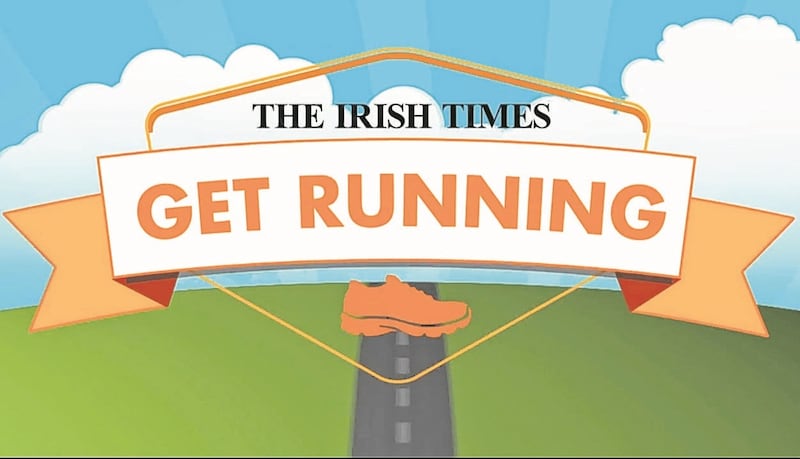Q: My legs and feet are very puffy and swollen after I run, like water retention at the end of the day. Quite tight, not quite a full cankle, but near enough. – Sarah Tucker
A: Love that word – cankle – and have not heard it in a long time, so thank you for that, Sarah. Wiktionary definition: (plural: cankles) (slang, pejorative) An obese or otherwise swollen ankle that blends into the calf without clear demarcation.
The last thing any woman desires is an obese pair of ankles. The cankle is not the must-have accessory for the beach holiday or school fair. The prospect of a cankle is enough to turn any newbie away from the sport for good. So well done, Sarah, for soldiering on and asking for help.
You are most likely suffering from a very common side effect – edema – that afflicts many a newcomer to running. What has happened is that your muscles, as yet unused to such vigorous exercise, have been overexerted, resulting in an abnormal fluid build-up. It can happen in your thighs and calves as well, but build-up in the lower legs and feet is more common, simply due to gravity making it more likely for the fluid to pool there.
If you are in your 40s or over, overweight and out of condition, these factors will increase your risk of the dreaded cankle. The latter two risk factors will of course be reduced by your continued commitment to the sport: the more you run, the better your weight control will become, and the fitter you’ll get – two great reasons to persevere.
Do talk to your doctor first to rule out any sinister causes (such as serious heart or vasculature problems). Once you get the nod from the doc, these five simple tips will help you stay on top of the swelling, so you can continue to run regularly and enjoy cankle-free legs all summer.
After a run:
1. Apply a cold or ice compress to the swollen areas for 20 minutes.
2. Elevate your feet on pillows at night and immediately following your run. Getting your feet above heart level passively drains excess fluid from your limbs (with gravity). And, let's face it, who doesn't want another legitimate reason to put their feet up right now, preferably outdoors and on a sun lounger?
3. Limit your daily salt intake. According to the American Heart Association's guidelines, we should aim for less than 1,500mg per day (equivalent to ¾ of a teaspoon). Be vigilant, because mind-boggling amounts of salt are added into processed foods such as supermarket pizzas, pies and ready meals, condiments, jars and sauces. Check labels, and try not to eat heavily processed foods if you can avoid them.
4. Make sure your running clothes are really loose. Restrictive clothing acts like an elastic band on the skin, preventing fluids from returning to the heart during exercise.
5. Apply support stockings on both feet and legs. They are available at most retail pharmacy stores. The gentle compression will help reduce swelling. Support stockings may not be the best summer look, but they beat a pair of cankles hands down.
The Grit Doctor says: Stick with the runs, Sarah, and afterwards, put your feet up.

Sign up for one of The Irish Times' Get Running programmes (it is free!).
First, pick the programme that suits you.
- Beginner Course: This programme is an eight-week course that will take you from inactivity to being able to run 30 minutes non-stop.
- Stay On Track: The second programme is an eight-week course for those of you who can squeeze in a 30- to 40-minute run three times a week.
- 10km Course: This is an eight-week course designed for those who can comfortably run for 30 minutes and want to move up to the 10km mark.
Best of luck!











